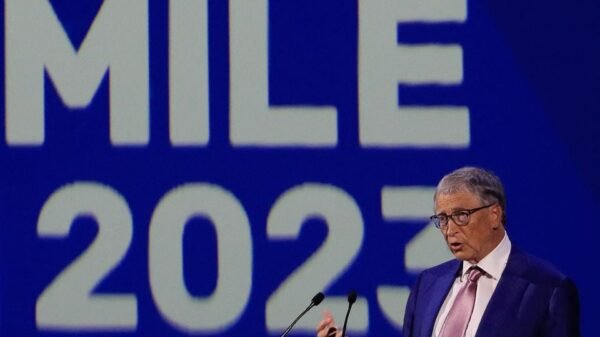Trump’s Reciprocal Tariff Plan: Impact on Global Trade
Former President Donald Trump made waves on February 13, 2025, by signing a presidential memorandum introducing reciprocal tariffs. This policy mandates that the United States impose matching tariffs on foreign nations that levy taxes or tariffs on American goods. Designed to level the playing field, the move has generated both support and concern, with critics warning of potential trade conflicts.
The reciprocal tariffs plan targets what Trump calls unfair trade practices. Specifically, if another country places high tariffs or non-monetary trade barriers—such as value-added taxes (VATs) or indirect tariffs—on U.S. exports, the U.S. will respond with similar fees on imports from that country. Trump has long argued that many of America’s trading partners use non-tariff strategies to gain a competitive advantage. He emphasized that these imbalanced trade policies will no longer be tolerated.
A key component of the plan is the inclusion of VATs, which many foreign governments use as a consumption tax. Though economic experts widely consider VATs to be trade-neutral, Trump maintains that they create an unfair burden on American exporters. This stance has drawn criticism from trade analysts, who argue that VATs do not hinder U.S. trade competitiveness.
Howard Lutnick, Trump’s nominee for Secretary of Commerce, will play a pivotal role in implementing the plan. His department has been tasked with conducting assessments and determining tariff levels for each country. These findings, expected by April 1, 2025, will give businesses clearer insights into the plan’s real-world implications. Additionally, Trump has hinted that new tariffs on automobile imports could be forthcoming, though details remain vague.
The global response to Trump’s announcement has been mixed. Some American industries support the plan, believing it will bolster domestic manufacturing and reduce unfair competition. However, major trading partners—particularly in the European Union—have already suggested they may retaliate. This raises concerns about an escalating trade dispute, reminiscent of the tense economic climate experienced during Trump’s first term.
Further adding to the geopolitical complexity, Trump’s announcement came right before a scheduled White House meeting with Indian Prime Minister Narendra Modi. As India is a significant U.S. trade partner, this meeting could influence how other economies respond to the new policy direction.
One of the more contentious debates surrounding the policy is its treatment of VATs. The Trump administration argues that VATs disadvantage American exports, yet organizations such as the Tax Foundation contend otherwise. Some experts warn that misinterpreting international tax systems could harm diplomatic relations and lead to unintended economic consequences, including increased costs for U.S. consumers.
Trump’s broader commitment to trade protectionism suggests that additional tariffs may be on the horizon. Although previous tariffs on China, Mexico, and Canada were paused due to border security agreements, he recently reinstated steel and aluminum tariffs in early February. Given his past trade policies, further tariffs on automobiles, electronics, and raw materials remain a possibility.
Despite objections from economists and global trade groups, Trump has defended his decision through social media, insisting that the plan will eliminate abusive trade practices and protect American businesses. He argues that these tariffs ensure fair treatment in an international economic system that he views as historically biased against the United States.
As the plan moves forward, businesses and policymakers must prepare for potential disruptions. If trading partners retaliate, the impact could extend beyond higher prices, reshaping international trade agreements for years to come. The true outcome of Trump’s strategy remains uncertain, but his focus on protectionism signals a continuation of aggressive economic policies aimed at restructuring America’s global trade relationships.






































Comment Template